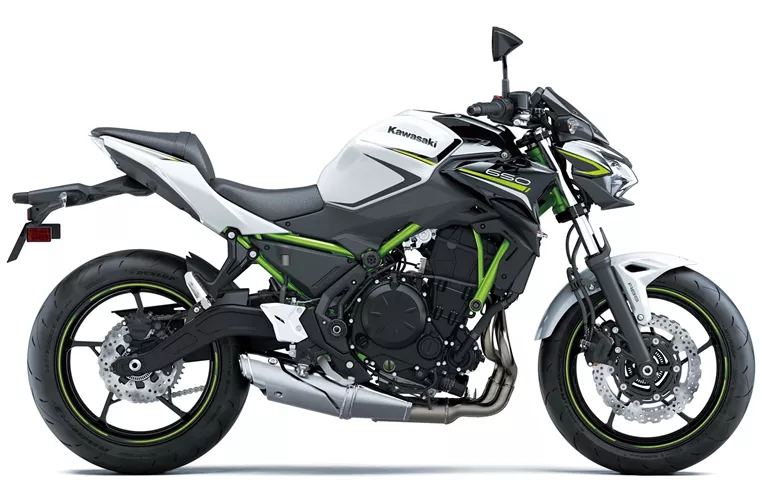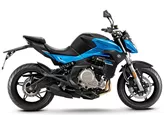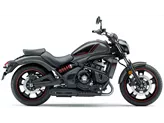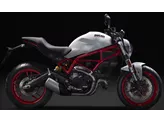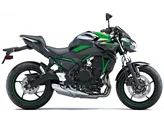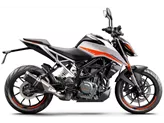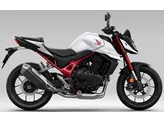Kawasaki Vulcan S 2015 vs. Kawasaki Z650 2020

Kawasaki Vulcan S 2015
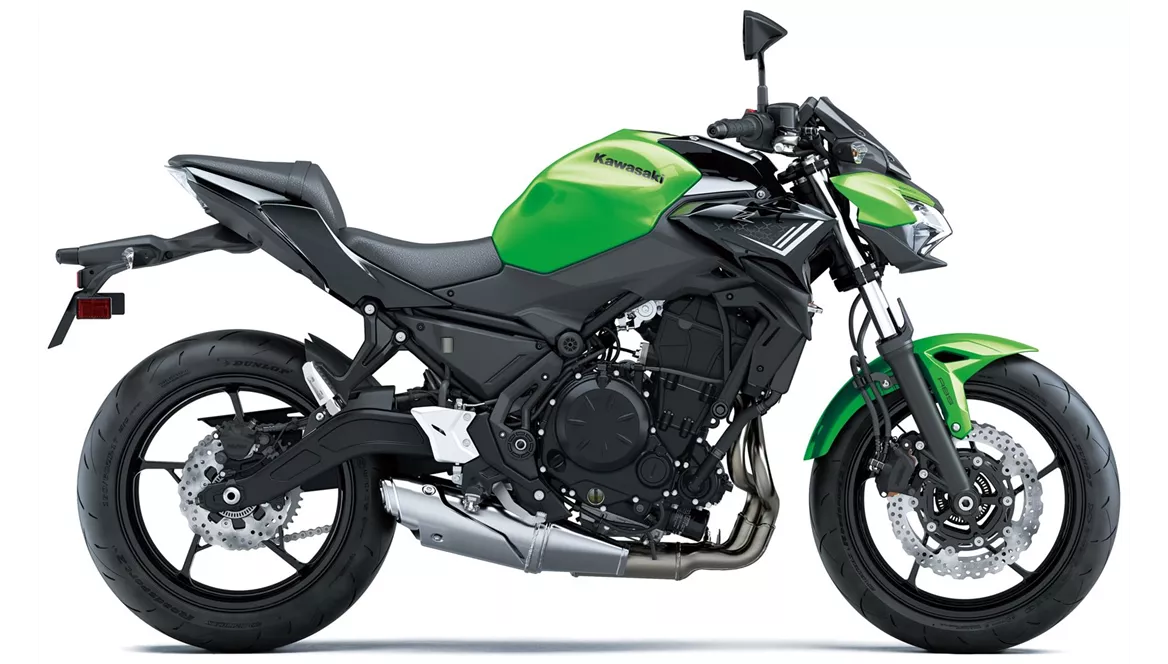
Kawasaki Z650 2020
Overview - Kawasaki Vulcan S 2015 vs Kawasaki Z650 2020
The Kawasaki Vulcan S 2015 and the Kawasaki Z650 2020 are both impressive motorcycles with their own unique features and strengths.
Starting with the Kawasaki Vulcan S 2015, it boasts a rev-happy engine that performs well in both high and low rev ranges. The engine has a displacement of 649cc and delivers 61 horsepower and 63 Nm of torque. The transmission is chain-driven, and the bike has a liquid cooling system. The Vulcan S features a steel frame with a perimeter design, providing stability and durability. The front brake is a single disk with double piston calipers, ensuring reliable stopping power. The bike has a narrow and maneuverable 160 rear tire, and its dimensions include a wheelbase of 1575mm and a seat height of 705mm. The Vulcan S weighs 228 kg and has a fuel tank capacity of 14 liters.
On the other hand, the Kawasaki Z650 2020 is equipped with a powerful two-cylinder engine that delivers 68.2 horsepower and 65.7 Nm of torque. The engine has the same displacement as the Vulcan S, 649cc, and is also chain-driven with liquid cooling. The Z650 features a steel frame with a tubular design, providing stability and strength. The front brake is a double disk with double piston calipers, offering enhanced braking performance. The bike has a front tire width of 120mm and a diameter of 17 inches, while the rear tire has a width of 160mm and the same diameter. The Z650 has compact dimensions, with a wheelbase of 1410mm and a seat height of 790mm. It weighs 187.1 kg and has a fuel tank capacity of 15 liters.

Kawasaki Vulcan S 2015
In terms of strengths, the Kawasaki Vulcan S 2015 offers a unique and idiosyncratic look, making it stand out from other motorcycles in its class. It also features the Ergo-Fit system, allowing riders to customize the bike to their specific preferences for optimal comfort. The Vulcan S has a sufficiently comfortable chassis, providing a smooth and enjoyable ride. Additionally, it has a narrow rear tire, making it highly maneuverable.
On the other hand, the Kawasaki Z650 2020 boasts a powerful two-cylinder engine that delivers impressive performance. It produces an aggressive intake noise, adding to the overall excitement of riding the bike. The Z650 has compact dimensions and a low seat height, making it suitable for riders of different sizes. It also features a stable chassis, ensuring a confident and controlled ride. The bike is equipped with a TFT display with connectivity, allowing riders to easily access information and stay connected while on the road. Lastly, the Z650 has a grown-up look, appealing to riders who prefer a more mature and sophisticated style.
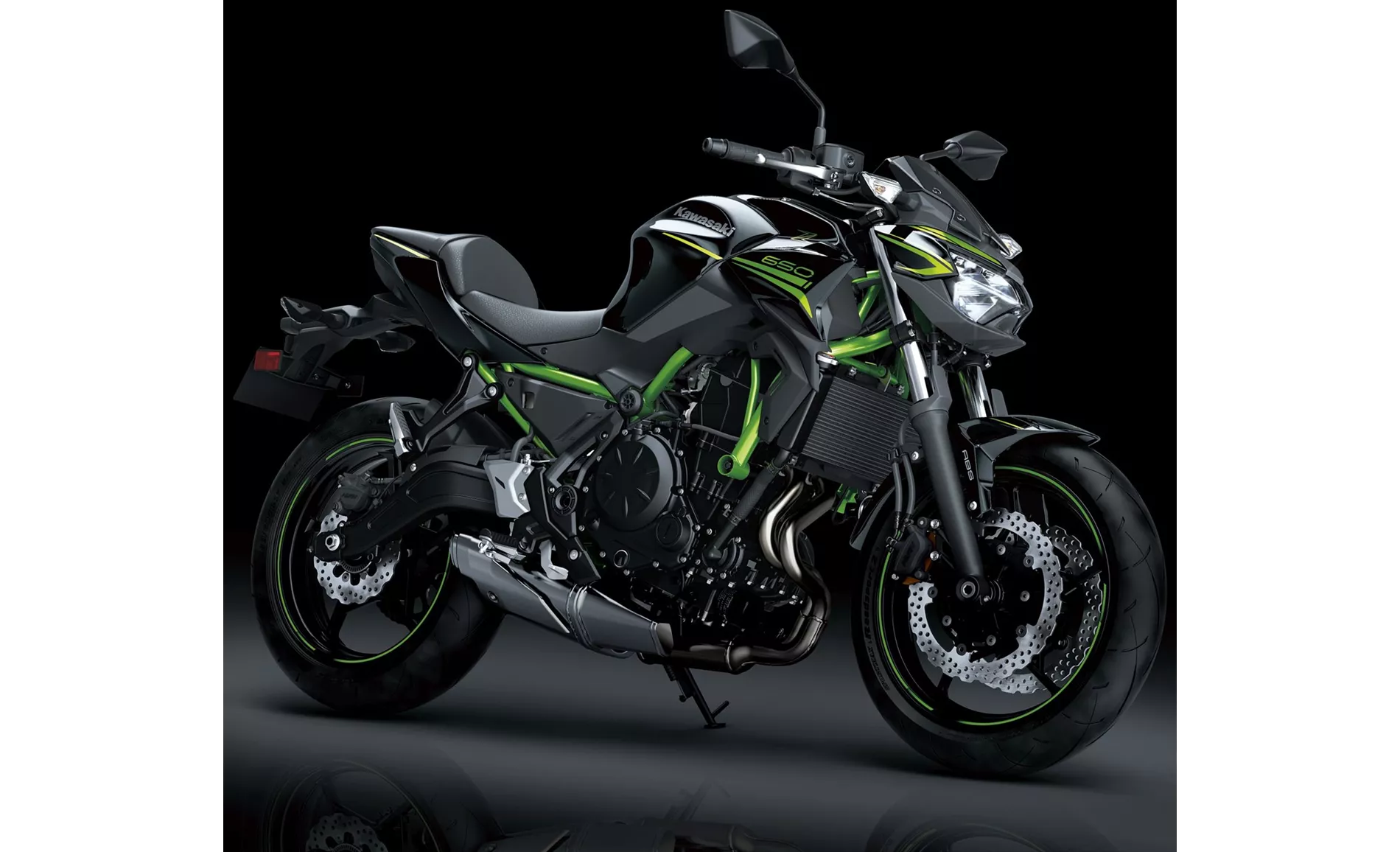
Kawasaki Z650 2020
However, both motorcycles have their weaknesses. The Kawasaki Vulcan S 2015's Ergo-Fit system comes at an additional cost, which may be a drawback for some riders. It also offers moderate wind protection, which can be a concern for those who frequently ride at high speeds. Additionally, the gear indicator is only available as an optional feature, which may be inconvenient for some riders.
On the other hand, the Kawasaki Z650 2020 has a front brake pressure point that may not be to everyone's liking. The bike may also be uncomfortable for taller riders due to its low seat height. Furthermore, the Rideology App, which offers connectivity features, may not be as sophisticated as some riders would prefer.
In conclusion, both the Kawasaki Vulcan S 2015 and the Kawasaki Z650 2020 are impressive motorcycles with their own unique features and strengths. The Vulcan S offers a unique look, customization options, and maneuverability, while the Z650 boasts a powerful engine, compact dimensions, and a mature design. However, they also have their weaknesses, such as additional costs for customization and optional features for the Vulcan S, and brake pressure point and potential discomfort for taller riders with the Z650. Ultimately, the choice between these two models will depend on the rider's preferences and priorities.
Technical Specifications Kawasaki Vulcan S 2015 compared to Kawasaki Z650 2020
Pros and Cons in comparison
Pros and Cons in comparison
Kawasaki Vulcan S 2015

The Vulcan S is reinvigorating the "small" mid-size cruiser scene - not only because of its unique design, but also because it is so easy to ride and is aimed at beginners. The low seat height and the narrow saddle help the rider to stand securely on the ground, while the low centre of gravity also makes for easy and safe handling. The engine also fits in well with the uncomplicated appearance, can be revved up decently from 2000 rpm and only stops at around 10,000 rpm - something that has never been seen before in a cruiser. The "Ergo-Fit" system, which varies the seat height, the rider's distance from the handlebars and the footrests, costs extra but also allows the Vulcan S owner generous customisation options.
Kawasaki Z650 2020
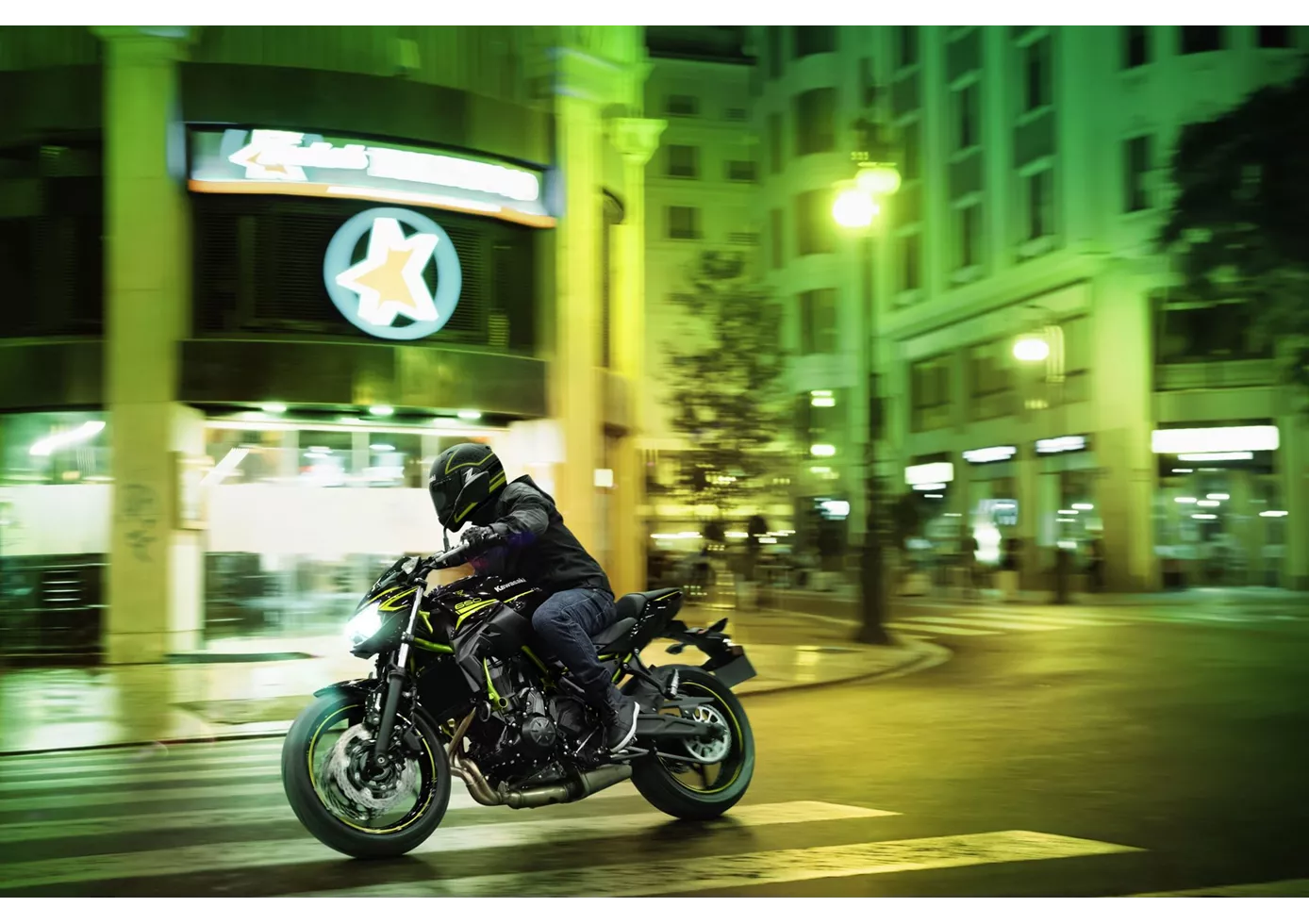
It's simply marvellous what Kawasaki has put together in a complete package with the new Z650. The technical components may not knock your socks off individually, but in combination they make for a pleasantly neutral motorbike that everyone will enjoy. No bitchy idiosyncrasies - simply a naked bike that works really well on winding country roads. Of course, the TFT display, which we don't find in the competition at the moment, is a plus, as is the grown-up look, which is strongly oriented towards the larger Z models. Only the pressure point of the front brake could have been more clearly defined - but you can't have everything in this price range.
Price Comparison Avarage Market Price Kawasaki Vulcan S vs Kawasaki Z650
There are a few key differences between a Kawasaki Vulcan S 2015 and a Kawasaki Z650 2020. In terms of price, the actual average price of a Kawasaki Vulcan S 2015 is about 3% higher. A Kawasaki Vulcan S 2015 experiences a loss of 380 USD in one year of ownership. This is offset by a loss of 30 USD for a Kawasaki Z650 2020. Compared to Kawasaki Z650 2020 there are less Kawasaki Vulcan S 2015 bikes available on the 1000PS.de Marketplace, specifically 8 compared to 21. It takes less time to sell a Kawasaki Vulcan S with 75 days compared to 80 days for a Kawasaki Z650. Since model year 2015 1000PS.de editors have written 13 reviews for the Kawasaki Vulcan S and 31 reviews for the Kawasaki Z650 since model year 2017. The first review for the Kawasaki Vulcan S was published on 10/16/2014 and now has more than 14,800 views. This compares to more than 25,000 views for the first review on Kawasaki Z650 published on 11/8/2016.

